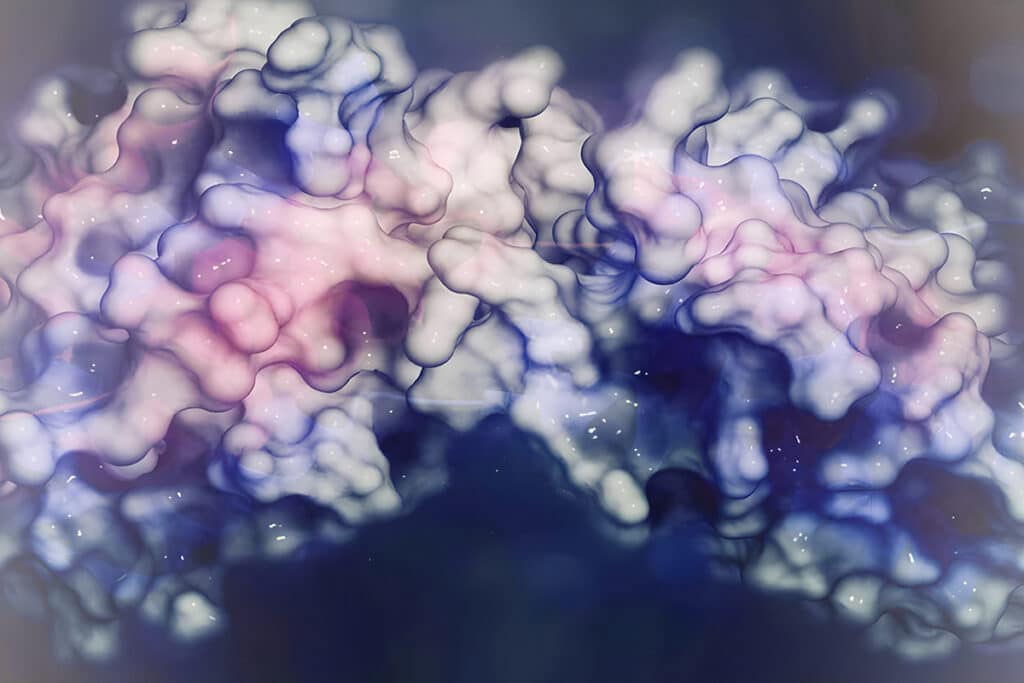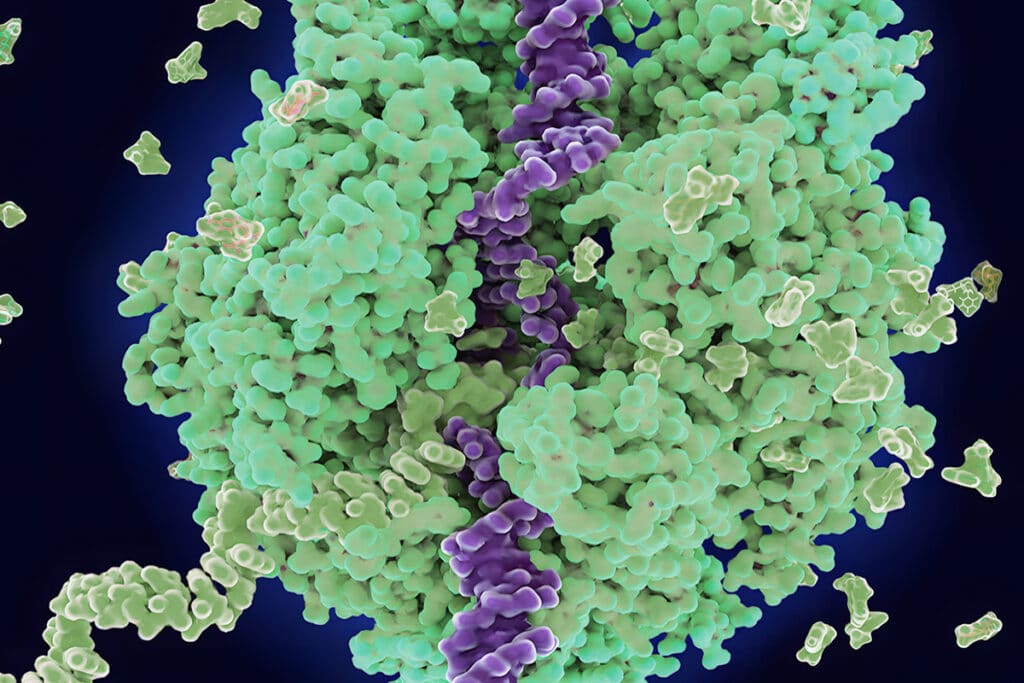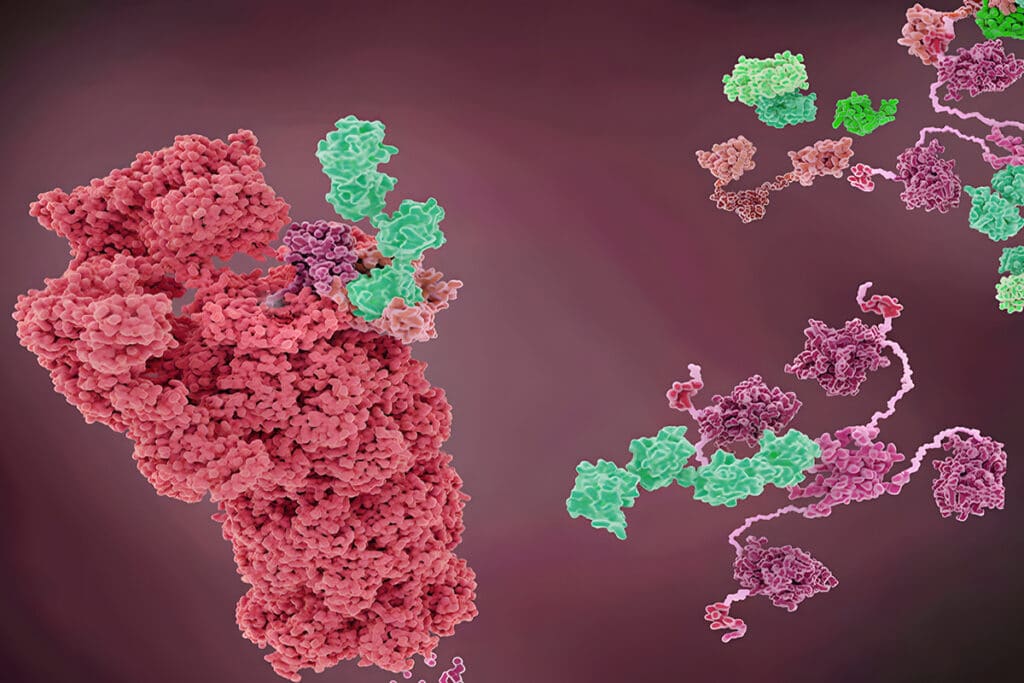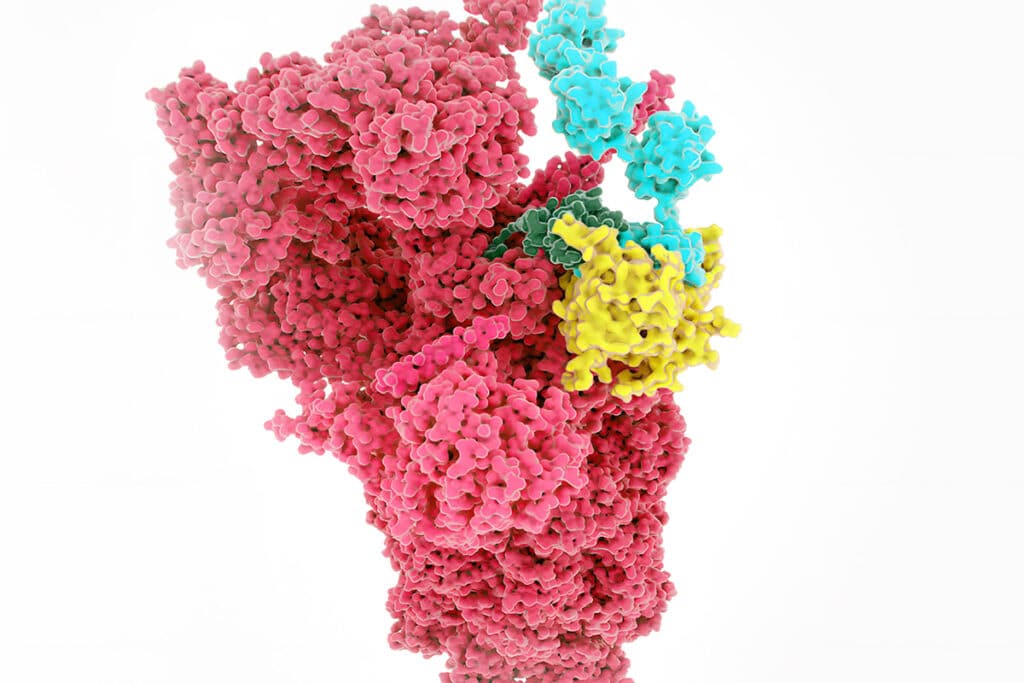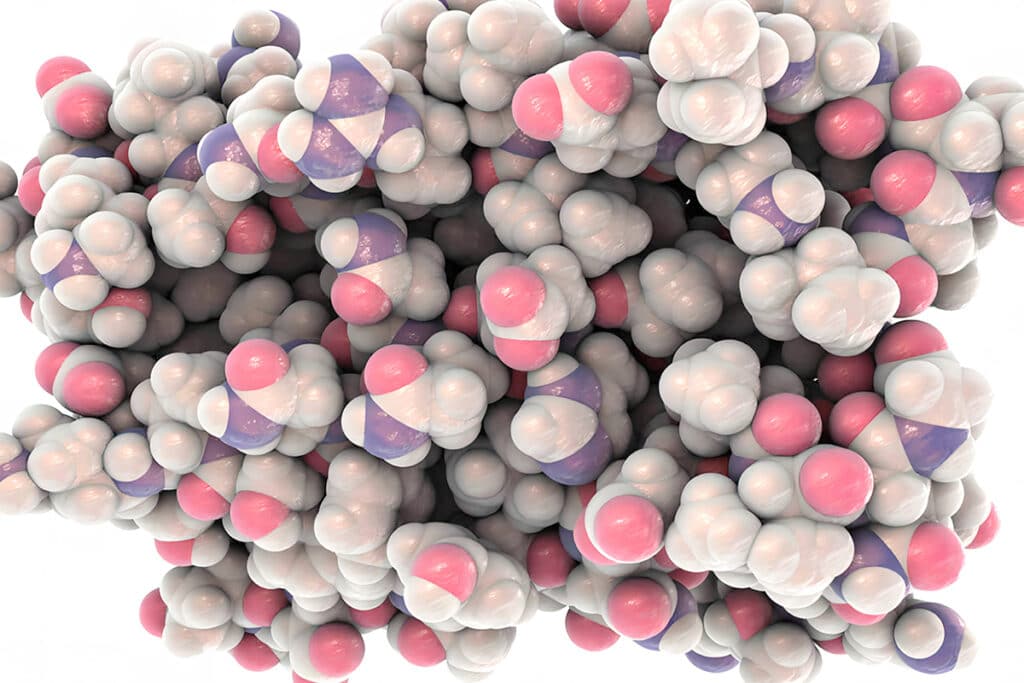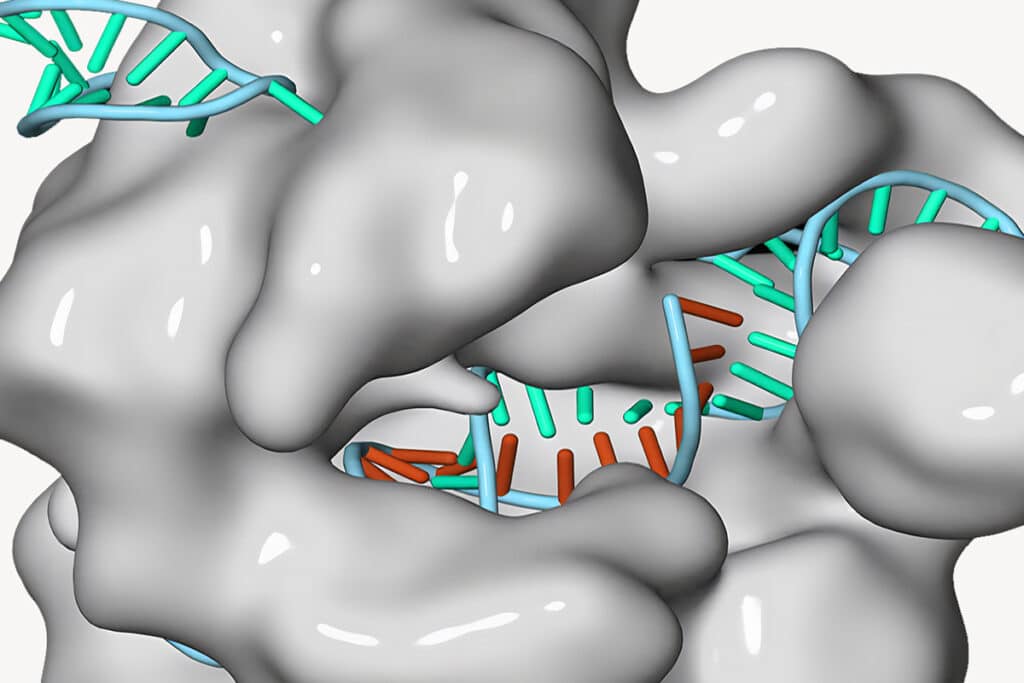Protein Purification
QYAOBIO provides different protein purification for customers in worldwide
Protein purification is the fundamental step for individual proteins studying, it is a series process to isolate one or some proteins from the complex mixture, like cells, tissues, or whole organisms. Protein purification is vital for the specification of proteins in function, structure and interactions. The purifying process can separate the protein and non-protein parts in mixture, and finally separate the required proteins from other proteins.
Separation of one protein from all others is the most laborious aspect in protein purification. The separation steps normally exploit difference in protein size, physico-chemical properties, binding affinity and biological activity.
Protein Purification Methods
The protein purification is either preparative purification or analytical purification.
- Preparative purification aim to produce the relatively large quantity of purified proteins for subsequent applications.
- Analytical purification only produces the small amount of proteins for various research or analytic purpose, including: identification, quantification, protein study of structures, post-translational modifications and functions.
Each step of protein purification scheme must be monitored. In addition, purification levels and yield should take into consideration. The high purification level and poor yield leave hardly any protein for further experiment. On the flip side, the high yield with low purification level many contaminants.
Affinity Chromatography Purification
Affinity chromatography relies on the reversible and specific binding between proteins and matrix-bound ligand. The ligand can bind directly to either target proteins or specific tags attached covalently to proteins.
Affinity chromatography is the most robust purification procedure, it is typically applied in the early stages of the purification scheme. This specific affinity interaction can capture the target proteins, remove contaminants and other molecules in solution, enrich or purify the target proteins in a single step. The affinity approach is suitable for proteins with specific binding property.
Immuno-affinity chromatography is the most specific affinity technique, it can purify specific proteins with immunoreaction.
Ion Exchange Chromatography Purification
Ion exchange chromatography (IEX) purification is a chromatographic separation method, it is based essentially on the net charge of proteins. There are two types of IEX: cation exchange chromatography, anion exchange chromatography. Once buffer pH values above this IP, the protein is negatively charged (anionic), while pH values below, the protein is positively charged (cationic).
All proteins exhibit the net charge, this depends on the amino acid composition and covalently attached modifications. Since solvents exchange hydrogen ions with proteins, the net charge of proteins are influenced by the solvent pH. Typically, the binding of proteins to IEX must be determined by trial and error, in order to determine the optimum pH for protein retention.
Size Exclusion Chromatography
Size exclusion chromatography (SEC) is also known as Gel filtration, it is the mildest techniques of all the chromatography. SEC can separate molecules by different sizes, once pass through the packed resins in the column. Comparing to ion exchange chromatography (IEX) or affinity chromatography (AC), molecules in SEC don’t bind to the chromatography resin. Therefore, SEC has the significant advantage: it is easy to vary conditions to suit the type of sample or the requirement for further purification & analysis without altering the separation.
Hydrophobic Interaction Chromatography
Hydrophobic interaction chromatography (HIC) can separate proteins according to the different surface hydrophobicity. HIC applies the reversible interaction between the proteins and the hydrophobic ligand of HIC resins. This interaction in influenced greatly by the running buffer. The high salt concentration enhance the interaction, while lower salt concentration will weaken it.
Mixed Mode Chromatography
Mixed Mode Chromatography (Multimodal Chromatography) is a liquid chromatography technique for purification of proteins and other bio-molecules. It is utilized successfully for bio-molecules purification, which are difficult to separate by other chromatography methods. In MM chromatography, the ligands in resins interact with the target protein molecule through multiple interactions types, the most critical are size exclusion, ionic, hydrophobic interactions.
Mixed-Mode Chromatography resins have different selectivity from traditional ligands (affinity chromatography – AC, ion exchange chromatography – IEX, and hydrophobic interaction chromatography – HIC). Therefore, Mixed-Mode Chromatography can solve challenging purification problems, which is unable to solve in AC, IEX, or HIC.
HPLC Protein Purification
High performance liquid chromatography (HPLC) is a method for analysis and separation of liquid samples. In chemical biology laboratories, HPLC is indispensable for the purification of peptides and other small to medium-seized organic molecules. There are different types of HPLC columns for specific applications, such as: normal-phase HPLC (NP-HPLC), reversed phase HPLC (RP-HPLC).
Concentration of Purified Protein
At the end of protein purification, the proteins are often concentrated in different methods.
Lyophilization
If the solution only contain the required proteins without any other soluble components, the proteins can be lyophilized (dried). This process removes all volatile components simply, leave the proteins behind.
Ultra-filtration
Ultra-filtration can concentrate the protein solution by selective permeable membranes. The functional membranes can let the water and small molecules pass through, while retain the protein.
Call Us
+86(021)-50795728
+86(027)-60707970

